New solutions from AI
Speaking at the opening of the seminar, Dr. Architect Nguyen Van Hai - Chairman of the Hanoi Architects Association shared: “In the era of Industry 4.0, artificial intelligence is becoming a cutting-edge technology leading global industries and services. For architecture and planning - a field that plays an important role in shaping living spaces, managing urban resources and sustainable development, AI has brought about remarkable advances, comprehensively changing the face of our planning and architecture”.
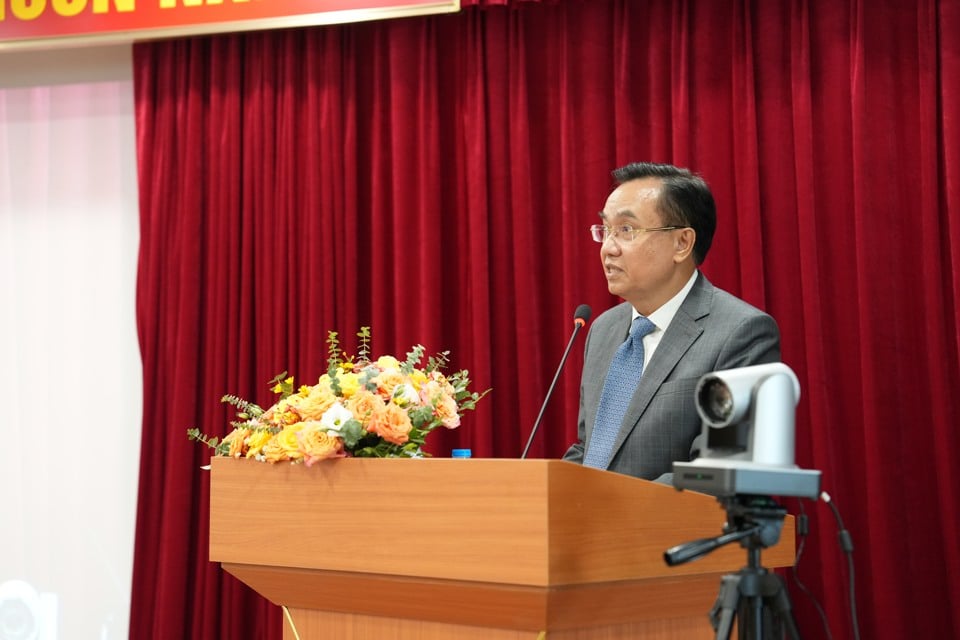
In Vietnam, the rapid urbanization rate raises many urgent issues such as how to plan effectively, meet the needs of population growth and protect the environment; how to apply modern technology while still preserving cultural identity and historical values; and more importantly, how to resolve the contradiction between growth and sustainable development.
According to Dr. Architect Nguyen Van Hai - Chairman of the Hanoi Architects Association, AI brings new solutions from big data simulation to predict planning trends to automation in architectural design, and supports the construction of smart cities, where the quality of human life is put first.
Accordingly, the seminar focused on 4 topics: "Overview of AI and its application in architectural design", "International experience in applying AI in large-scale urban infrastructure projects and initial approaches of major Vietnamese consulting firms", "Domestic experience in applying AI in preparing design documents for construction permits and urban management - practical examples in Binh Chanh district - Ho Chi Minh City", "Documentary: Using AI technology to build the work: Thang Duong Nhap That".
At the seminar, Architect Trinh Quoc Bao - Head of Research and Development Department of CUBIC - Gradinent Lab architecture technology shared: AI plays an important role in connecting data, knowledge, supporting output quality control, and reproducing the results of labor. Building AI based on enterprise-specific data is a strategic step, helping to improve operational efficiency, creating a great competitive advantage; increasing labor productivity and reducing operating costs.
Specifically, Architect Tran Vu Lam - Chairman of the Board of Directors of CUBIC Cube Architecture Joint Stock Company shared that CUBIC has currently designed 96 high-rise projects in 16 provinces and cities, built 52,600 apartments and more than 8 million square meters of floor space. During the working process, there are repetitive tasks, broken data, and difficulty in reusing past data for new projects. If AI can be applied, the computer will support us to do only 1/100 to 1/1000 of the current time.
Automate management and construction licensing
According to experts, currently, the application of AI in planning and architecture is still in its early stages, and no project has been completely designed and built using AI. However, the application of AI in planning and architecture in Vietnam has initially had specific products. For example, SOS Solution Services Company Limited has built AI in construction management and licensing.
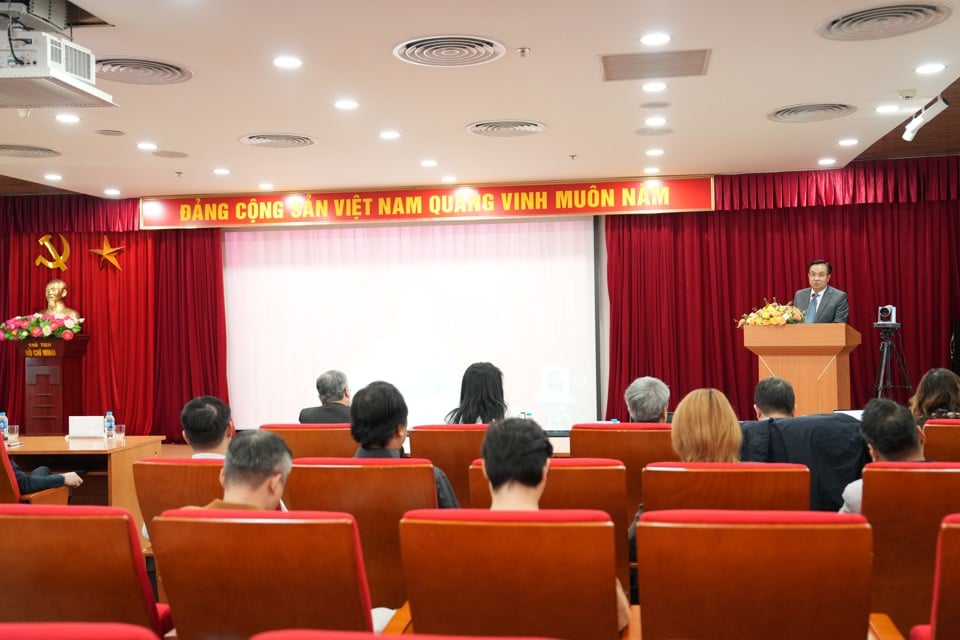
According to the Director of SOS Hoang Anh Technology Company, AI can automate the process of designing and managing model houses; increase speed, reduce costs and improve accuracy. Specifically, from the first step of choosing the SmartCity service for construction licensing, people will enter information about the red book (red book, sheet number, plot number, location of construction permit application and house model), AI will automatically create design drawings based on the house model and people's requirements, create a set of application documents and submit them to the public service portal. In the next step, AI will create an architectural space model, construction design documents and construction estimates associated with implementation solutions. After that, the system will automatically check and process the set of construction planning standards and export the set of construction permit documents, sign digital signatures and automatically return results to the investor. AI will manage and monitor construction activities, ensuring compliance with regulations.
At the seminar, many experts questioned the practicality and processing speed of AI in construction management and licensing. Director of SOS Hoang Anh Technology Company said: “This year, SOS has piloted and taken photos using drones in the area of Vinh Loc A and Vinh Loc B (Binh Chanh District, Ho Chi Minh City) with a scale of 22km, discovering nearly 20,000 violations compared to planning and construction permits. On average, there are more than 1,000 violations per kilometer.”
Currently, the application of BIM (Building Information Modeling) is an advanced process applied in the construction industry based on digital 3D models used throughout the life cycle of a design, infrastructure and construction project and has been widely applied in many countries around the world .
For example, in Hong Kong, Mr. Le Hoang Anh - representative of Vircon Hong Kong in Vietnam said: Applying BIM can reduce costs from operation to exploitation by 34%. For example, with the Wanchai tunnel project (Hong Kong), applying BIM in construction has helped reduce traffic time from 30 minutes to 5 minutes; has its own air filtration plant, capacity of 5.4 million m3 of air/hour, treats 80% of polluted dust; reduces CO2 emissions by 11,000 tons/year. Or applying BIM in the Hong Kong airport expansion project has helped reduce implementation time to only 40% of traditional time.
Source: https://kinhtedothi.vn/ung-dung-ai-trong-kien-truc-va-quy-hoach.html



![[Photo] General Secretary To Lam attends the 80th Anniversary of the Cultural Sector's Traditional Day](https://vstatic.vietnam.vn/vietnam/resource/IMAGE/2025/8/23/7a88e6b58502490aa153adf8f0eec2b2)












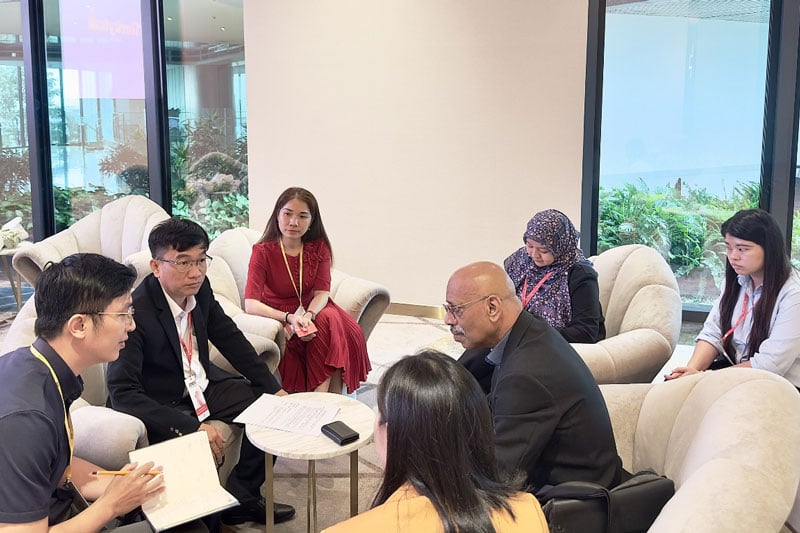



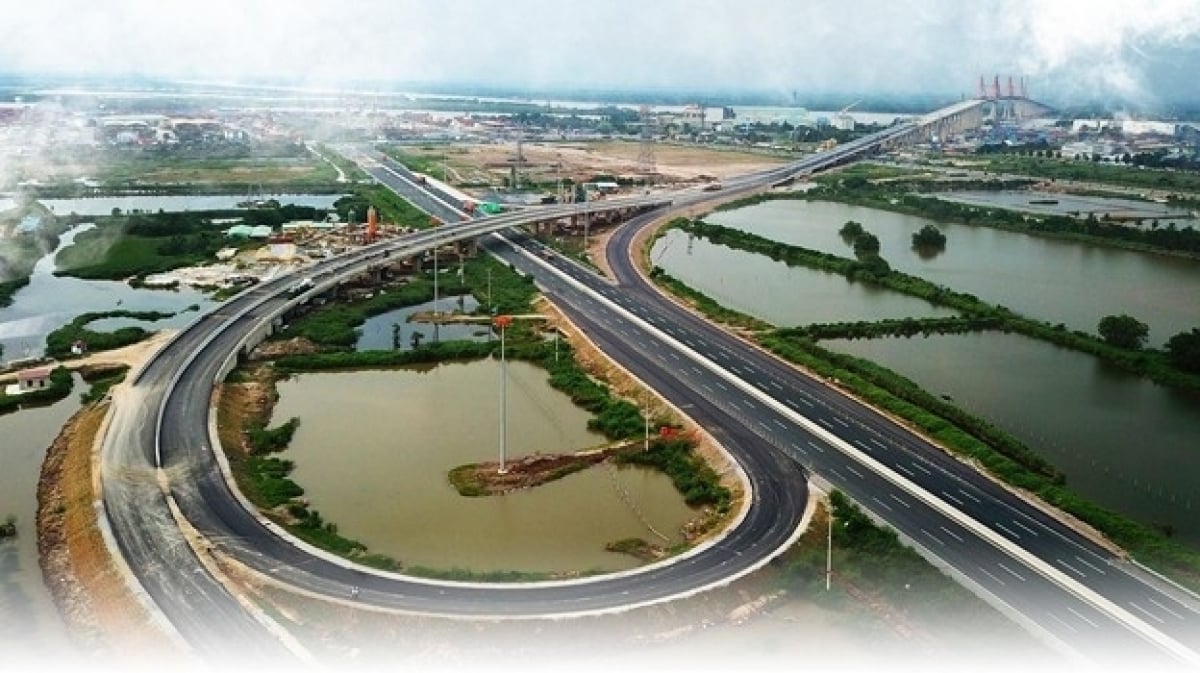



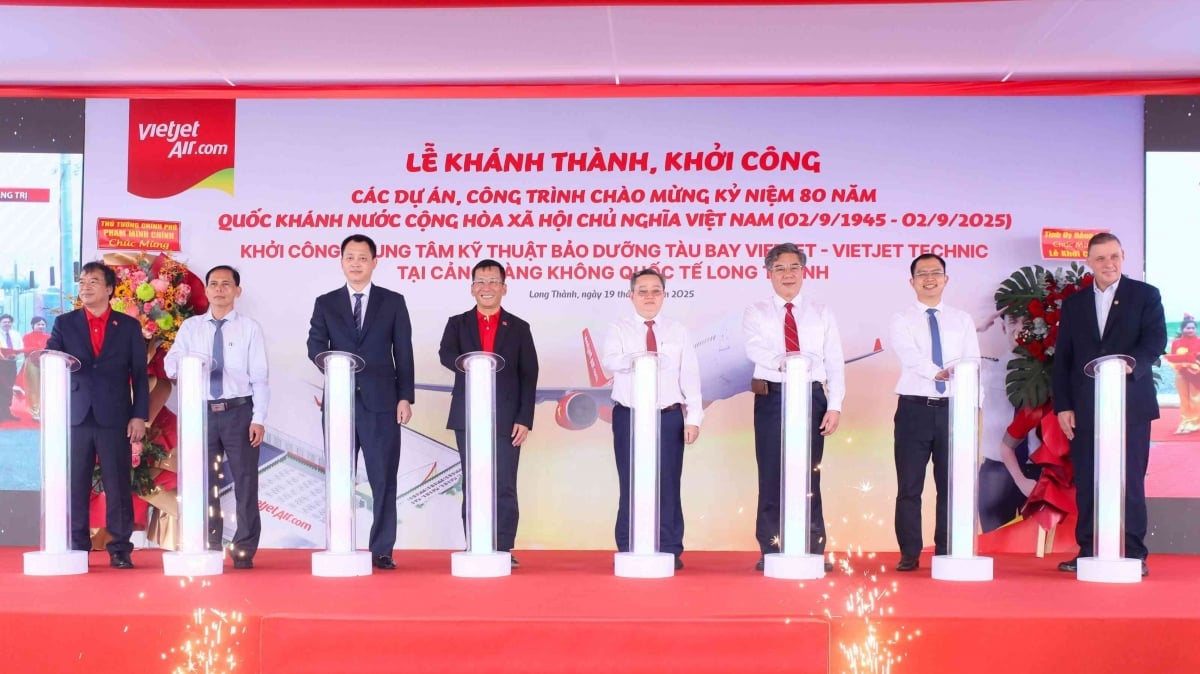







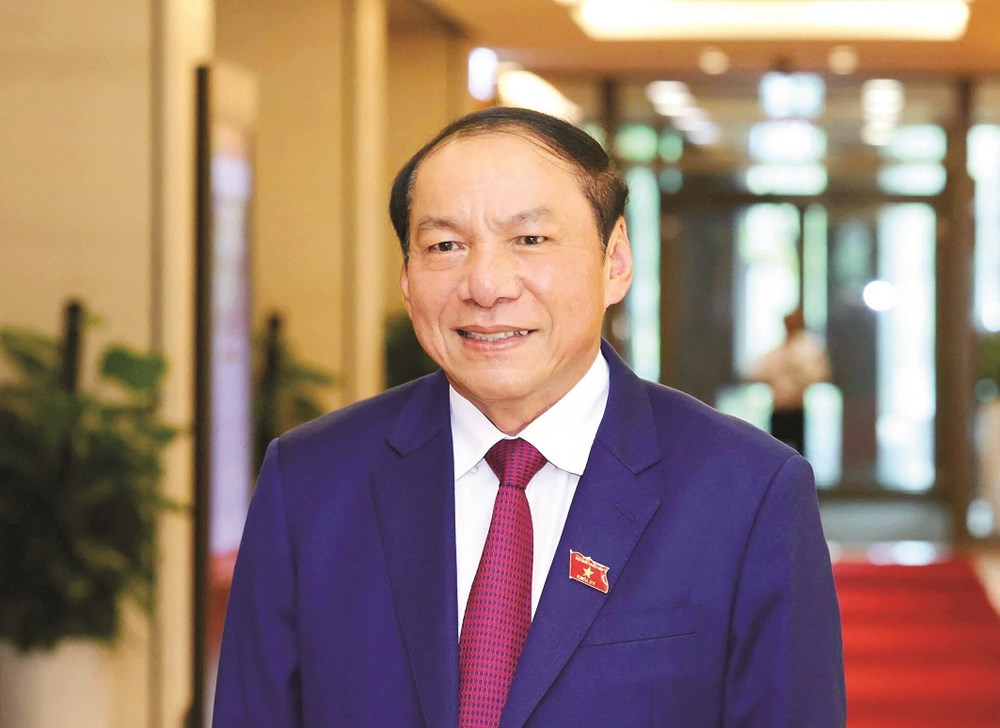
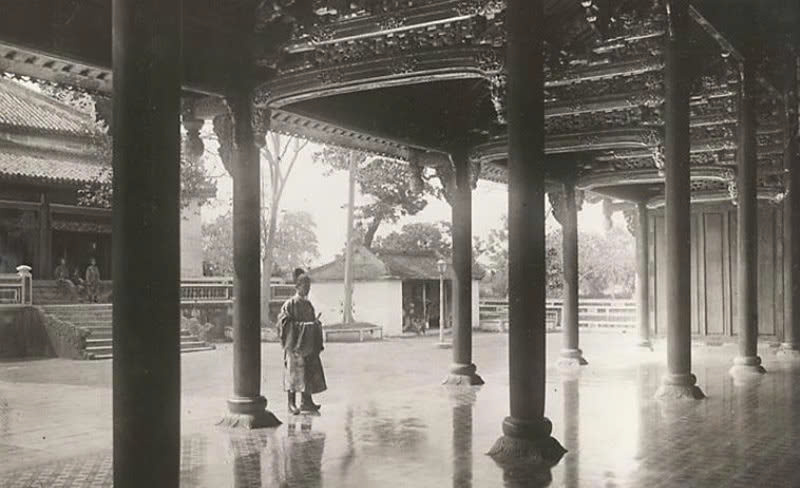
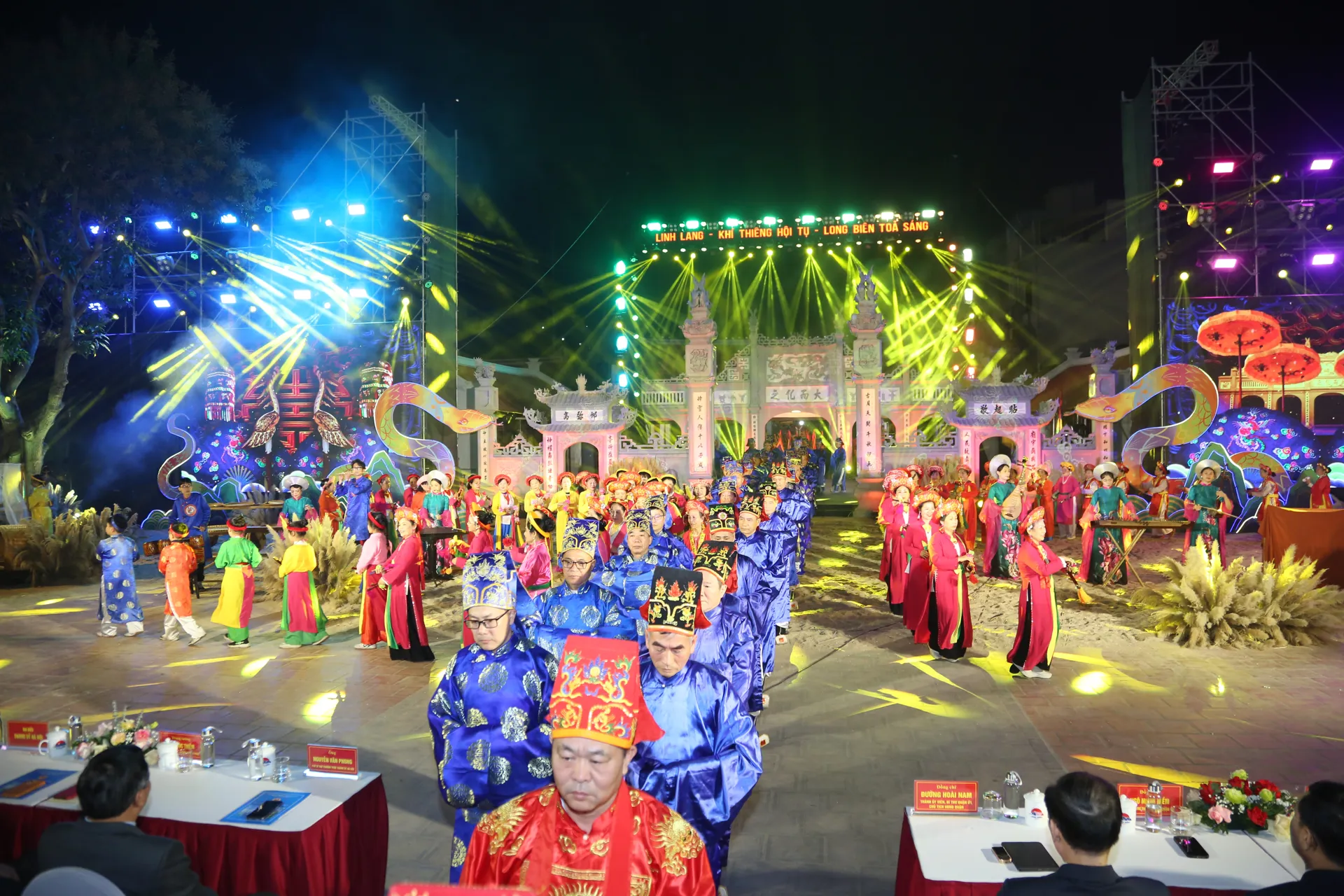
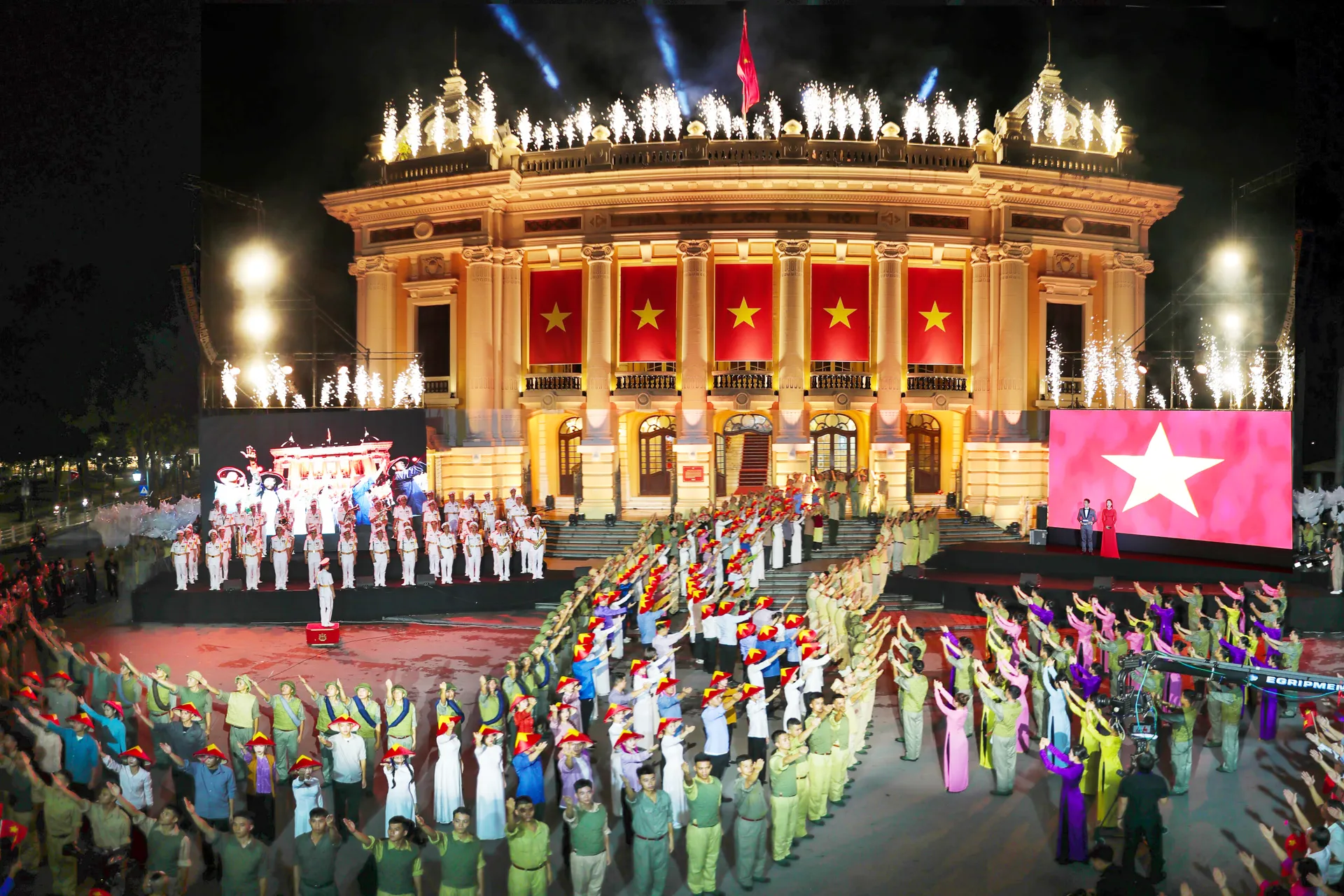











































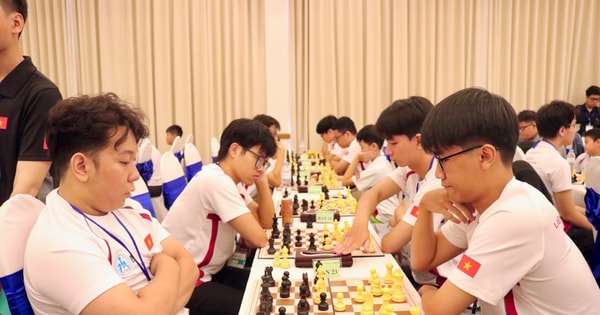



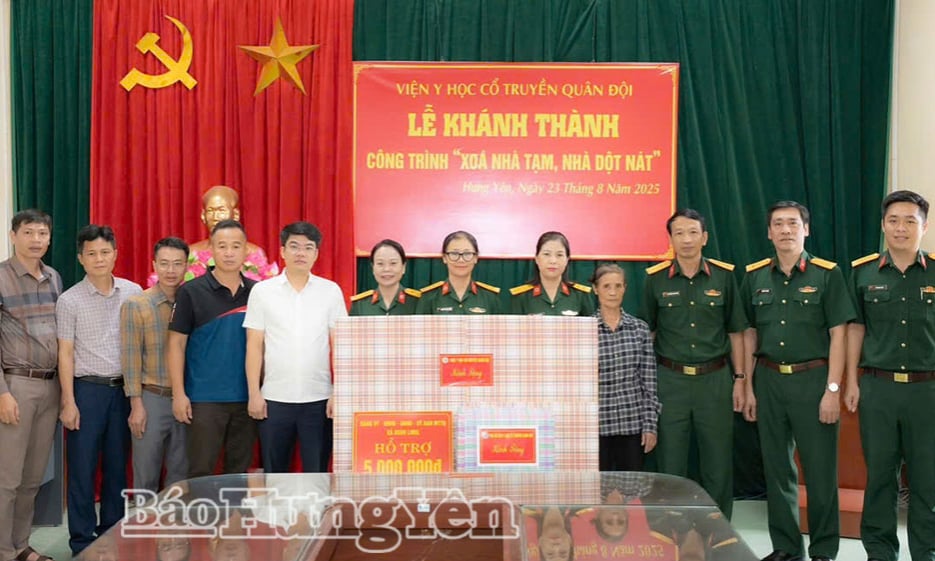

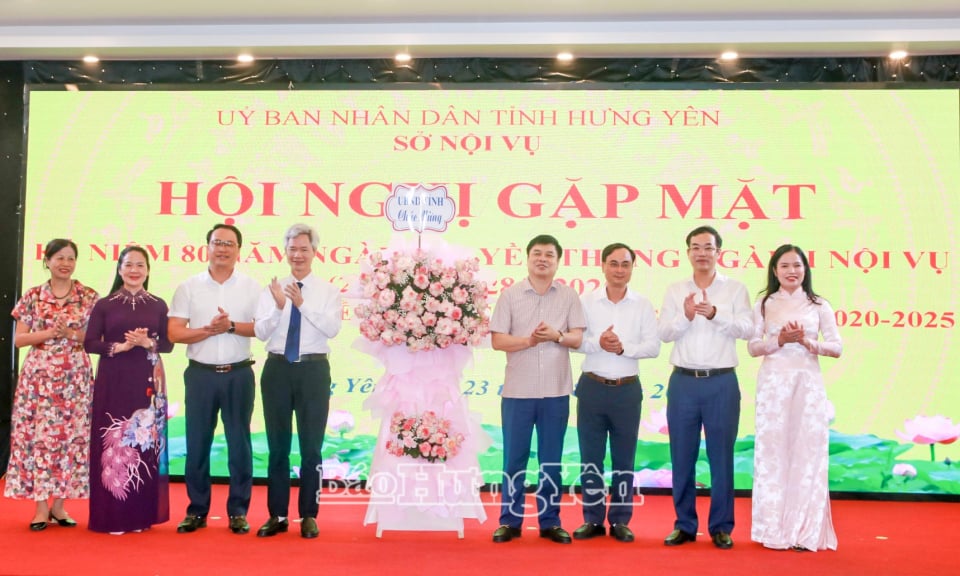


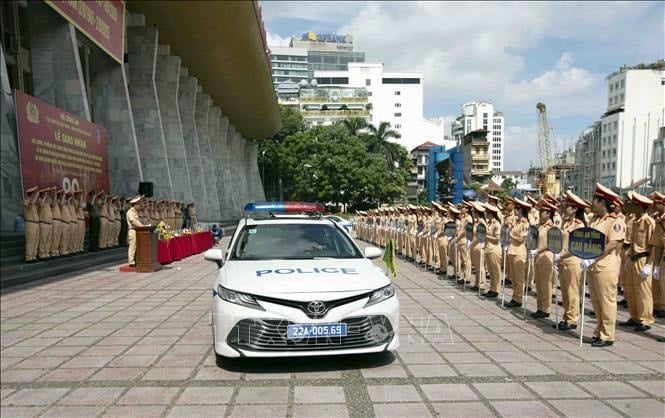
















Comment (0)